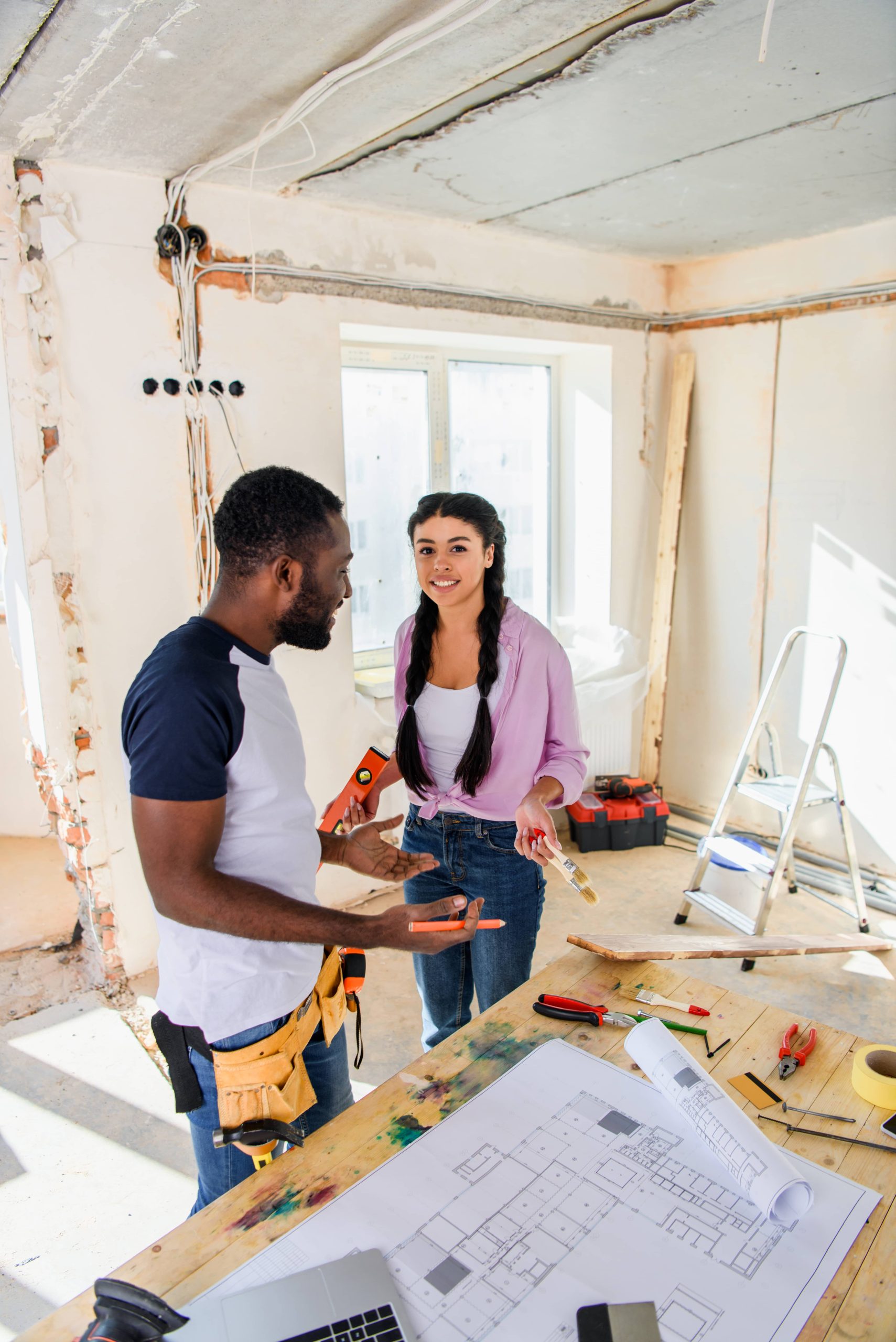
In the realm of home improvement and interior design, the entryway often takes a backseat, overshadowed by the grandeur of living rooms or the serenity of bedrooms. Yet, this space plays a crucial role. It’s the very first impression your home leaves on guests, and it sets the tone for what lies beyond. More importantly, it’s where daily routines converge — where shoes are pulled on, keys are tossed into bowls, and jackets are hung. An entryway should be more than a passage; it should be a stylish, welcoming, and efficient introduction to your home. Here’s how to create an entryway that’s as functional as it is fashionable.
Assess Your Space
Before diving into aesthetic choices, it’s essential to evaluate the dimensions and layout of your entryway. Is it a grand foyer or a narrow corridor? Each type presents its own challenges and opportunities. Start by noting the natural flow of the space. Which areas experience the most foot traffic? What obstructions exist? Understanding the dynamics of your entryway provides a launching point for a pragmatic and stylish design.
Functional Foundations
1. Storage Solutions:
Storage is the linchpin of a functional entryway. Think creatively about how to utilize your space effectively:
– Hooks and Racks: Wall-mounted hooks can house coats, bags, and hats without consuming floor space, a boon for narrow entryways.
– Console Tables: Consider a console table with drawers for keys and mail. It serves as a surface for decorative items and as a storage solution for smaller necessities.
– Benches with Storage: A bench not only provides a space to sit when putting on shoes but also, when combined with storage capabilities, can house seasonal gear like hats and gloves.
– Shoe Organizers: Vertical shelving units or cubbies are invaluable for keeping shoes organized and easily accessible.
2. Lighting Layers:
Adequate lighting is crucial in creating a welcoming entryway. Layering your lighting can add both function and style:
– Overhead Fixtures: These provide the general illumination necessary for any entryway. A statement chandelier or pendant light can also enhance the visual appeal.
– Accent Lighting: Wall sconces or table lamps on a console can offer softer lighting options, wonderful for creating ambiance.
Style Statements
With function established, style becomes the stage’s centerpiece.
1. Color Palette:
The color palette of your entryway can dramatically influence the mood. Opt for colors that harmonize with the overall color scheme of your home:
– Bright and Airy: Light hues such as whites, creams, and pastels can make a small entryway appear larger and more inviting.
– Bold and Inviting: Painting an accent wall or choosing bold-hued decor items can infuse vibrancy into larger, well-lit entryways.
2. Mirrors:
Mirrors aren’t just tools of vanity; they help double the space visually, especially beneficial in tighter corridors. Consider a statement mirror with an ornate frame above a console table to serve both form and function.
3. Rugs:
A rug can anchor the space, adding texture and comfort. Opt for materials that can withstand heavy foot traffic and easy to clean, such as wool or indoor-outdoor polypropylene rugs.
4. Personal Touches:
Your entryway is an ideal canvas for showcasing personality:
– Artwork: A bold piece of art can serve as a focal point. Choose something that resonates with you and complements your home’s style.
– Family Photos: A gallery wall can be both an appealing and sentimental touch, providing intimacy right as you walk through the door.
Seasonal Adaptations
For an entryway to remain functional year-round, minor adjustments with the changing seasons can be practical and stylish.
1. Summer: A lightweight umbrella stand and a boot tray for wet rain boots can add summer flair.
2. Fall/Winter: Swap out lighter textiles for cozy throws on benches, and introduce a basket for scarves and gloves to cater to colder weather needs.
3. Spring: Incorporate floral arrangements or vibrant seasonal decor to bring a fresh, renewed energy to the space.
Sustainability in Design
Incorporating eco-friendly elements into your entryway not only benefits the environment but can elevate the space’s appeal:
– Sustainable Materials: Opt for entryway furniture made from reclaimed wood or bamboo.
– Eco-Friendly Paint: Use paints with low-VOCs to minimize harmful environmental effects and improve indoor air quality.
– Vintage Finds: Repurpose vintage furniture or fixtures to add character and sustainability to your entryway design.
Conclusion
Designing a stylish and functional entryway requires balancing aesthetics with practical needs. A strategically designed entryway can foster organization, simplify routines, and set a welcoming tone for your home. By focusing on the unique requirements of your space and infusing your personal style, you can transform even the simplest of entryways into a delightful prelude to your home. Remember, this small but significant space has the power to leave a lasting impression, and it deserves as much thought and care as any other room in your home. Happy designing!













